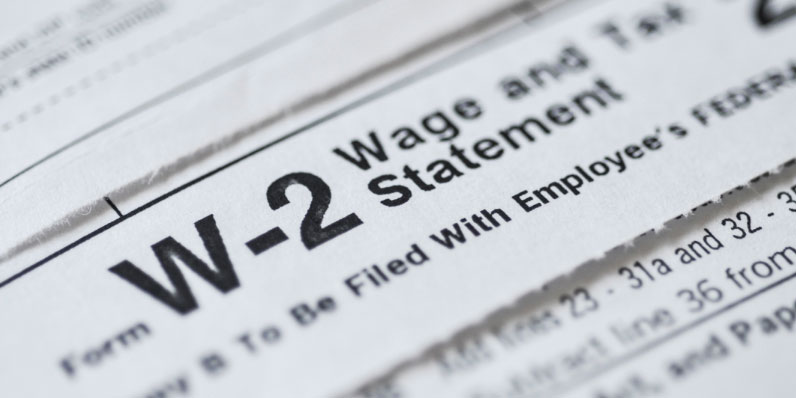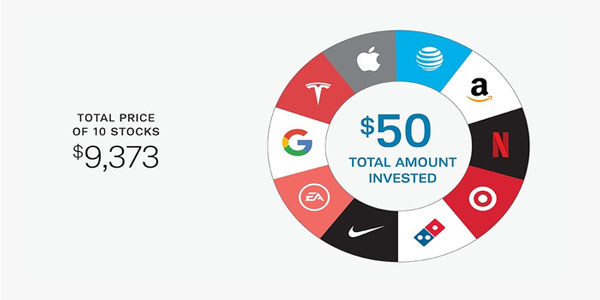Buy or Sell Stocks
Jan 24, 2024 By Triston Martin
If the idea of investment in the market for stocks is a bit scary, it is not a problem. People with little experience in the financial world are either scared by stories of harrowing stories of investors who lose 50 percent of their portfolio or are enticed with "hot tips" that bear the promise of massive rewards but rarely pay off. It's not surprising that the investment mood is believed to swing between greed and fear.
Buying stocks is indeed a risk, but if approached with a sense of discipline, it is among the most effective methods to increase the wealth of one's. While the average person has most of their wealth at home, the wealthy and wealthy typically have the bulk of their money investing in stocks.
Types of Stock
Two kinds of stock are common shares and preferred shares. Equity is often referred to as common shares because their trading volume and market value are much higher than preferred shares. The primary distinction between the two types is that the common share generally has voting rights, which allow an ordinary shareholder to vote at corporate meetings and in elections; however, preferred shares usually do not enjoy voting rights. They are named so because they have priority over common shareholders in receiving dividends and property in the case of liquidation.
Common stock is further classified based on the voting rights they have. The principle behind ordinary shares is they must be equal in voting rights - one vote for each share; some businesses have dual or different classes of stock, with different voting rights associated with each class. In dual-class structures, Class A shares can contain 10-votes per share, and Class B shares can only be able to have only one share of the vote. Multiple-class or dual-class share structures are created to help the owners of a business to manage its finances along with its strategic direction and the ability to invent.
Understanding When to Sell or Hold an Investment
Choosing whether to hold an investment or sell it is a difficult choice. There's no universal, universally-applicable strategy to sell an investment. It's up to the individual investor's personal investment strategy, depending on various aspects, such as their ability to tolerate risk, their time perspective, and financial goals. Suppose an investor isn't certain how best to implement the strategy; they need to be educated or seek an experienced financial advisor to help them create an investment plan compatible with their financial objectives. Here are a few reasons why investors may decide to sell their stock.

Time Horizon
A buyer must decide their time horizon before purchasing stocks or other investments. If investors have a long-term period, they will most likely weather market declines or corrections. But, if the cash is required in a shorter time frame, for instance, less than two years, investors are likely to use a different method of investing or selling their investments.
Every investor has an individual financial goal depending on their age and the date they require their funds. When an investor turns 25 years old or older, they could invest for several years. If an investor is retiring or is close to retirement, they'll probably have a shorter period, especially if they require money to pay for retirement.
Risk Tolerance
Certain investors are willing to sacrifice the possibility of a substantial return to get a lower risk. For instance, U.S. Treasuries are considered safe assets so long as they're kept until they reach their expiration date or maturity. In exchange, investors receive a percentage of interest.
In contrast, U.S. Treasuries would likely be underperforming stock investments. People with greater risk tolerance will likely put their money into stocks, like an index fund based on the S&P 500. By understanding investors' risk tolerance, they can devise a plan for the types of stocks they should purchase, the amount of money to put into stocks over bonds, and the best time to sell, buy and keep their investments.

Buy and Hold
If investors hold an investment for short-term or for less than a year, they may decide to sell the stock when it earns an income or require cash. But a well-known long-term strategy is known as buy-and-hold; it is an investment strategy that is passive that involves buying stocks and then holding them for a lengthy length of time. Investors who buy and hold are not concerned with the fluctuation in the stock market. Investors who buy and hold select stocks are typically based on the firm's financial fundamentals over the long term, including the company's profit or revenue potential.

ETF vs. Index Fund: An Overview

Understanding the Differences Between Futures and Forwards Contracts

Form W-2: Definition and Working

All About the Fractional Investing: Get Started in the Market Without Much Money

Buy or Sell Stocks

Unlocking the Power of the Symmetrical Triangle Pattern in Trading

How to Categorize Your Business Expenses?

Andrew W. Mellon: Visionary Leader and Generous Benefactor

Unlocking the Power of ISO 20022: AI-Driven Insights for Financial Institutions

